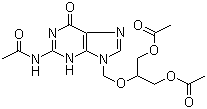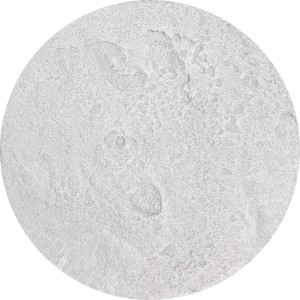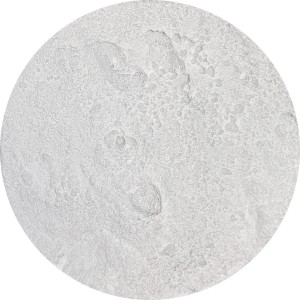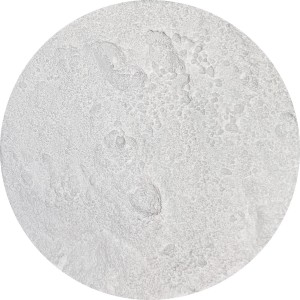| Trade name | UniAPI-PBS |
| CAS | 1405-20-5 |
| Product Name | Polymyxin B sulfate |
| Appearance | White or almost white powder |
| Solubility | Water soluble |
| Application | Medicine |
| Assay | The sum of polymyxin B1, B2, B3 and B1-I: 80.0% minPolymyxin B3: 6.0% maxPolymyxin B1-I: 15.0% max |
| Package | 1kg net per aluminum can |
| Shelf life | 2 years |
| Storage | Store in cool and dry place, away from light. 2~8℃ for storage. |
| Chemical Structure | 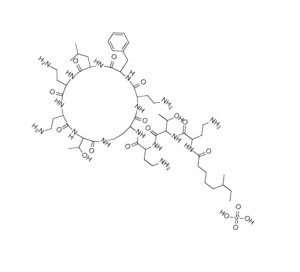 |
Application
Polyxin B sulfate is a cationic surfactant antibiotic, a mixture of polyxin B1 and B2, which can improve the permeability of cell membrane. Almost odourless. Sensitive to light. Hygroscopic. Soluble in water, slightly soluble in ethanol.
Clinical effect
Its antibacterial spectrum and clinical application are similar to polymyxin e. it has inhibitory or bactericidal effects on Gram-negative bacteria, such as Escherichia coli, Pseudomonas aeruginosa, paraescherichia coli, Klebsiella pneumoniae, acidophilus, pertussis and dysentery. Clinically, it is mainly used for infection caused by sensitive bacteria, urinary system infection caused by Pseudomonas aeruginosa, eye, trachea, meningitis, sepsis, burn infection, skin and mucous membrane infection, etc
pharmacological action
It has antibacterial effect on Pseudomonas aeruginosa, Escherichia coli, Klebsiella pneumoniae, Haemophilus, enterobacter, Salmonella, Shigella, pertussis, pasteurella and Vibrio. Proteus, Neisseria, Serratia, pruvidens, Gram-positive bacteria and obligate anaerobes were not sensitive to these drugs. There was cross resistance between this drug and polymyxin E, but there was no cross resistance between this drug and other antibiotics.
It is mainly used for wound, urinary tract, eye, ear, trachea infection caused by Pseudomonas aeruginosa and other Pseudomonas. It can also be used for sepsis and peritonitis.


